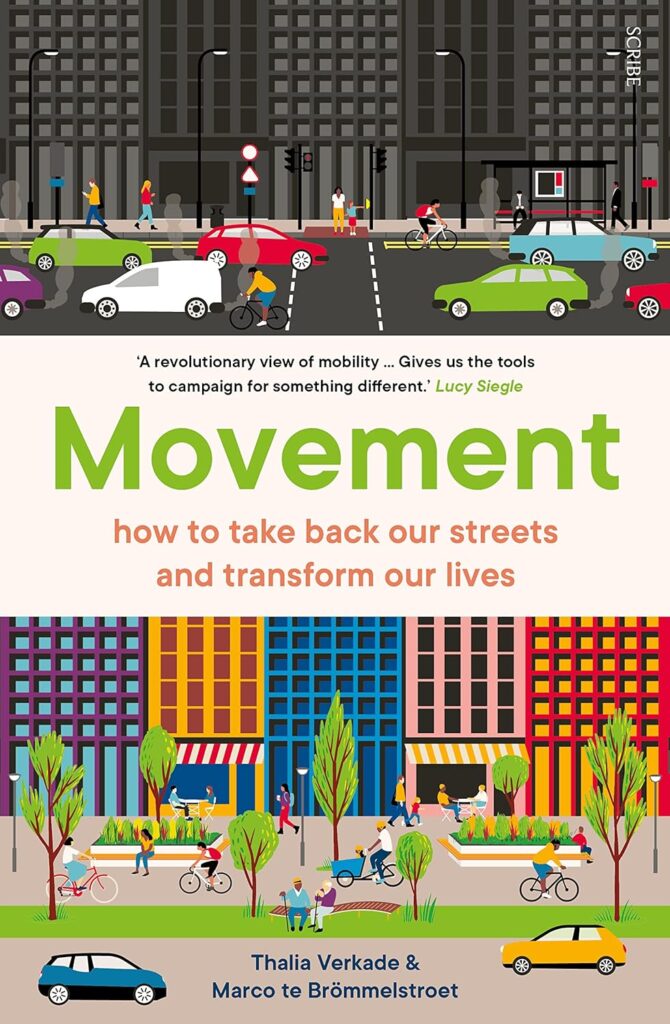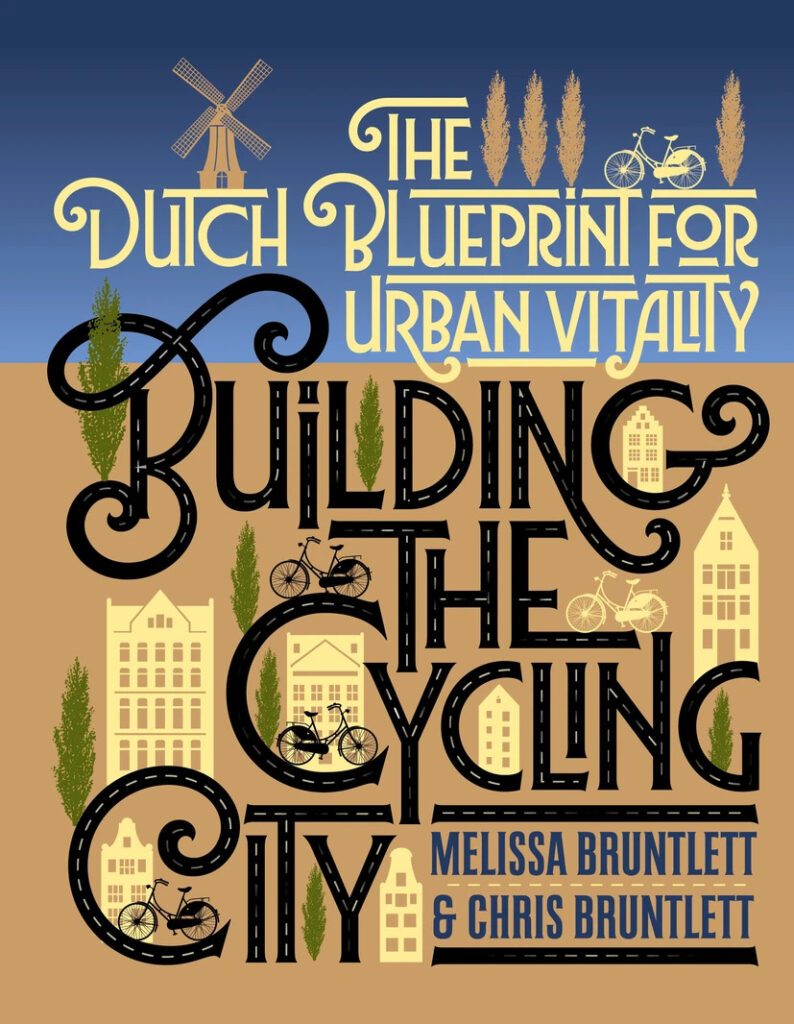
What is it about?
Bike Boom is a follow-up to Reid’s previous Roads Were Not Built For Cars, and seeks to document the evolution of utilitarian cycling from 1905 till the late 1970s in the United Kingdom and United States. Notwithstanding Reid’s near-exclusive focus on the Anglo-Saxon world, his book is thoroughly documented and well-argued, demonstrating a realistic and subtle understanding of the complex causal dynamics which lead to the growth and decline of cycling through time. In this sense, and using various historical examples drawn from cities like Davis (US) and Stevenage (UK), the book offers a persuasive argument against a narrow understanding of cycling policy focused solely on cycling infrastructure. Reid’s account is particularly good at putting the perceived current “cycling boom” into perspective, emphasising how it has been geographically limited to the city centres of prosperous cities, in a context where national cycling rates continue to stagnate or decline. Reid also provides an excellent account of the “forgotten” cycling boom of the 1970s in the US, which according to him was much more significant than the present one. The book finishes with a chapter on “How the Dutch really Got Their Cycleways”, which offers little in-depth analysis but provides a valuable counterpart to the rest of the story.



